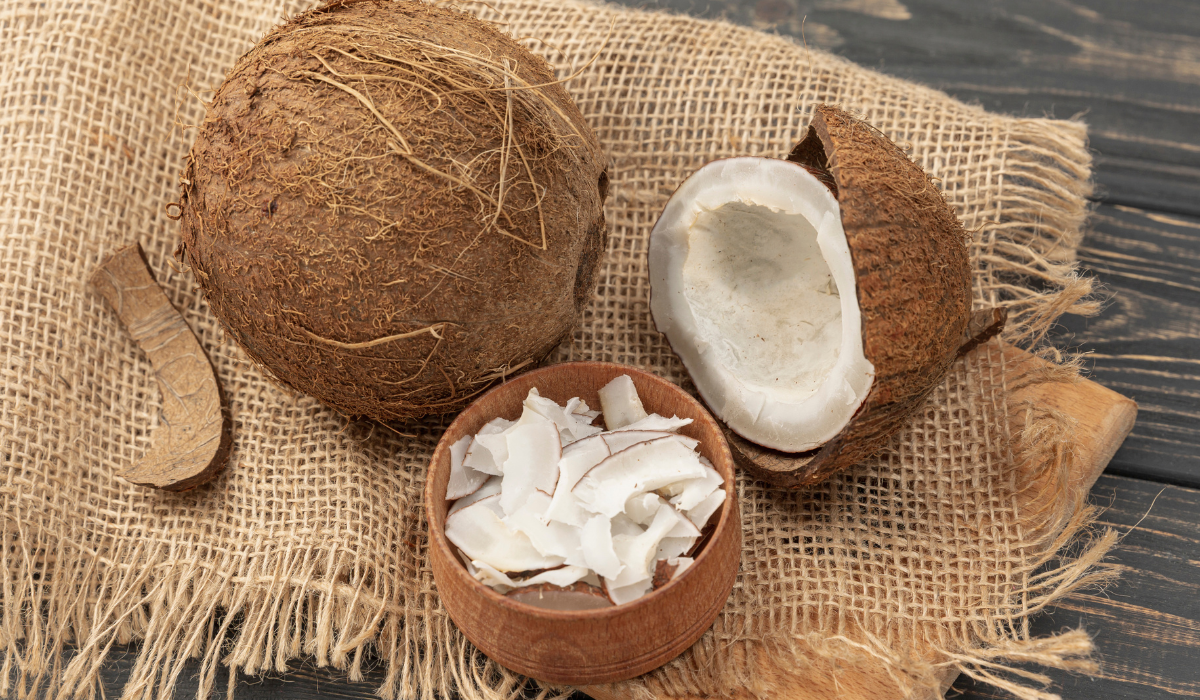
The Coconut Husk: The Source of Coir
Coir, a natural fiber renowned for its strength, durability, and eco-friendliness, is extracted from the husk of the coconut, the outer protective layer surrounding the coconut fruit. This fibrous husk is a vital byproduct of coconut harvesting and has been used for centuries in various applications. Coir is often seen as a sustainable and versatile alternative to synthetic fibers, and it is celebrated for its ability to contribute positively to both consumer products and the environment.
The Structure of a Coconut
To understand the source of coir, it's important to first look at the structure of the coconut itself. A coconut consists of three main parts:
- The Outer Husk : This is the fibrous, rough outer layer, often referred to as the "mesocarp" of the coconut. It contains long, strong fibers and is the part of the coconut that produces coir.
- The Shell : Inside the husk, the coconut shell (or endocarp) is hard and woody, encasing the coconut’s seed and liquid.
- The Coconut Meat and Water : Inside the shell is the edible coconut meat (also known as the "endosperm"), and the liquid commonly referred to as coconut water.
How Coir is Extracted
Coir is harvested from the coconut husk, which is the fibrous material between the hard
shell and the outer skin.
The process of extracting coir involves several steps:
- Harvesting the Coconut : Once coconuts are harvested from the tree, they are cracked open, and the husk is removed.
- Soaking and Retting : To separate the fibers from the husk, the coconut husk is soaked in water, usually for several months. This soaking process, known as retting, helps to loosen the fibers from the husk.
- Extracting the Fiber :After retting, the fibers are manually separated from the husk. The process may involve beating the husk or using mechanical tools to loosen the fibers.
- Drying and Processing : Once the fibers are extracted, they are cleaned, dried, and sometimes combed or spun to create various coir products.
Why the Coconut Husk is Ideal for Producing Coir
The coconut husk’s unique structure and properties make it the perfect material for producing coir. The fibers within the husk are strong, durable, and resistant to both water and decay, making them suitable for a wide range of uses. Additionally, coir is biodegradable and sustainable, as the coconut tree is renewable, and the husk is a natural byproduct of coconut harvesting that would otherwise go to waste.
Sustainability and Eco-Friendliness
One of the major benefits of coir is its sustainability. Since the husk is a natural,
Renewable material, coir can be harvested without harming the environment. Additionally, coir is biodegradable, which means it doesn’t contribute to long-term waste accumulation like synthetic materials do. Coir products are often used as an eco-friendly alternative to plastics, rubber, and other non-renewable resources.
- Reduces Peat Moss Use : Coir decreases reliance on peat moss, a non-renewable resource linked to environmental harm.
- Sustainable Option : Coir is renewable, unlike peat moss, making it an eco-friendly choice for gardening.
- Moisture Retention :Coir retains water well, ensuring plants stay hydrated.
- Good Air Circulation : Coir promotes soil aeration, supporting healthy root growth and preventing rot.
Copyright 2024 © Digisnare Technologies LLP . All Rights Reserved

